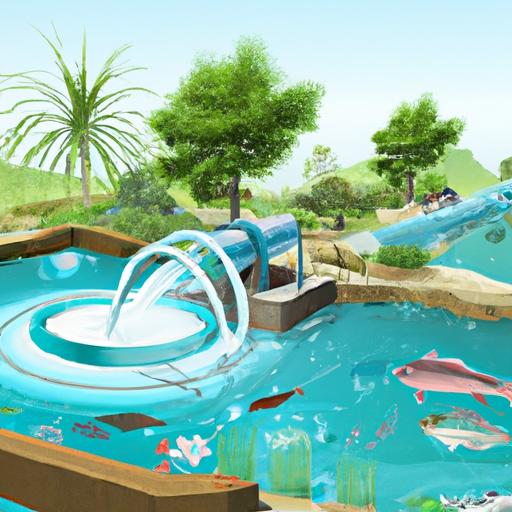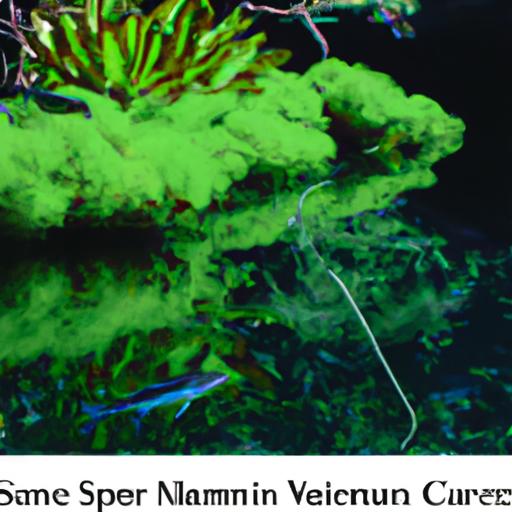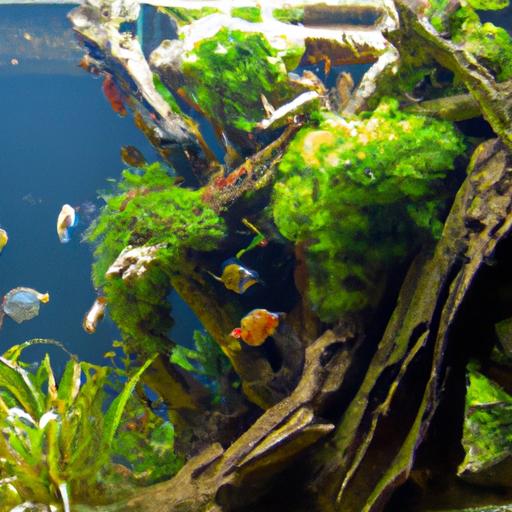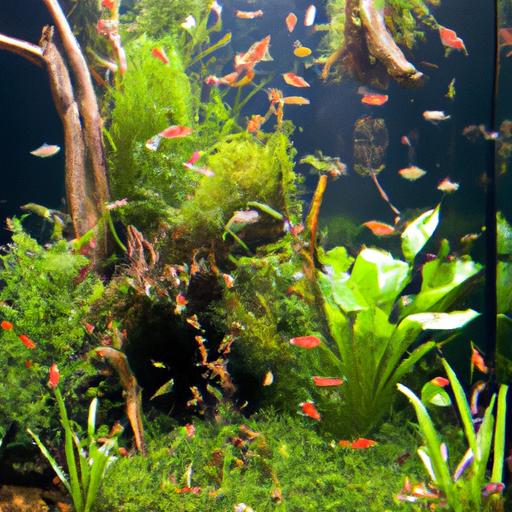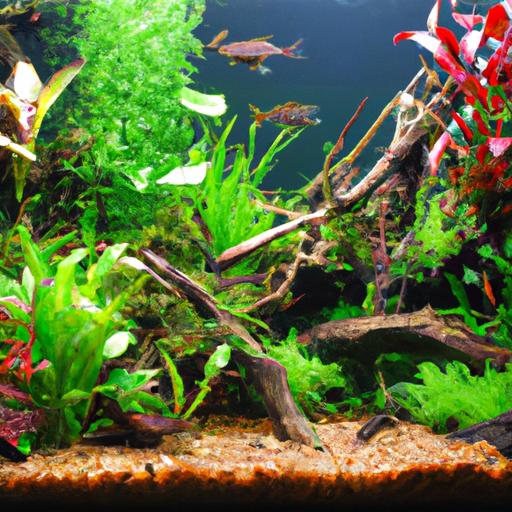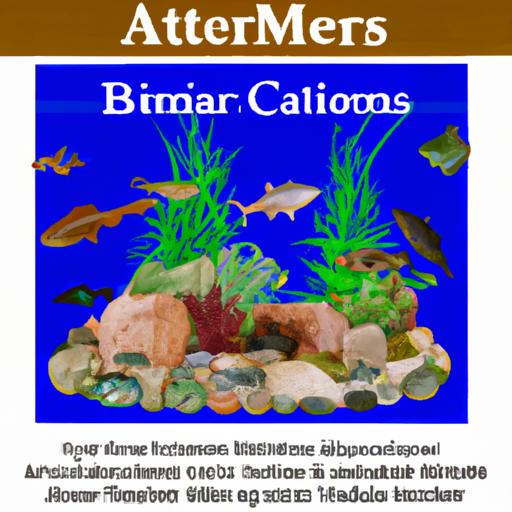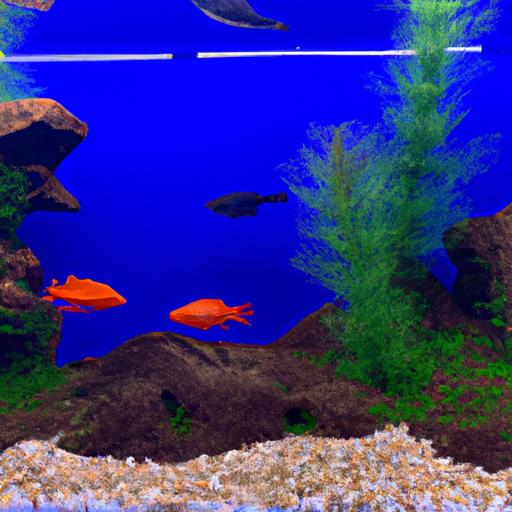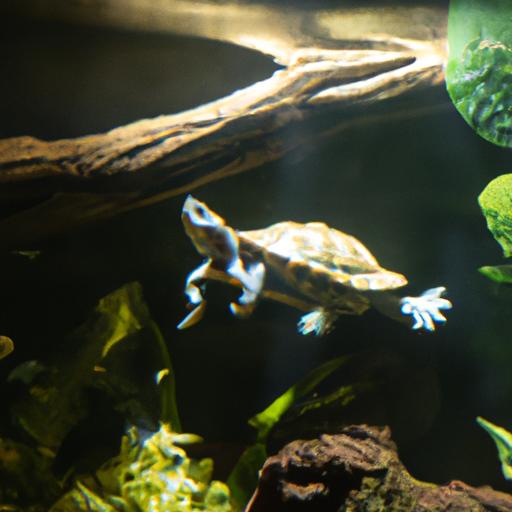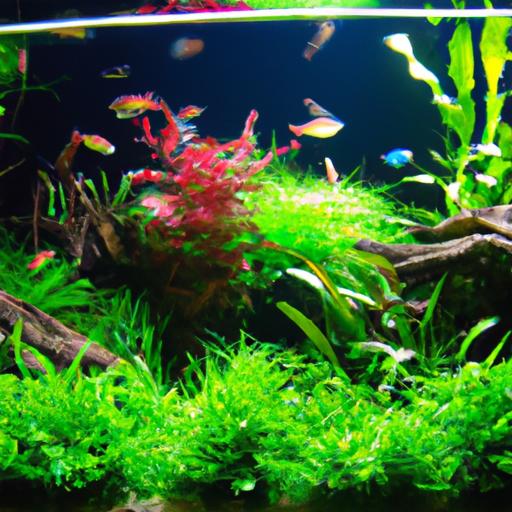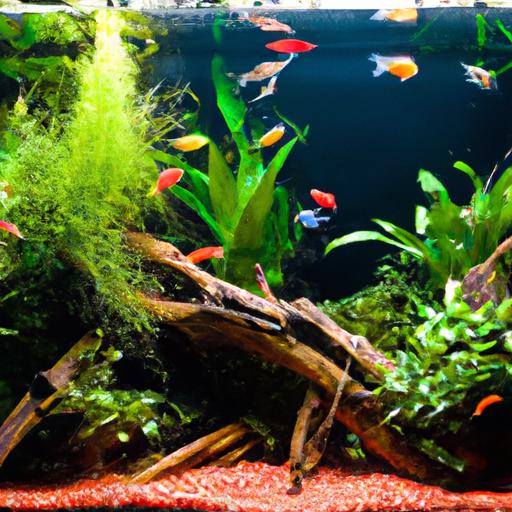
Best Practices for Freshwater Tank Cycling
Discover the best practices for freshwater tank cycling and create a thriving aquarium. Learn about substrate, cycling methods, and water parameter management.
Introduction to Freshwater Tank Cycling
Are you looking to set up a thriving freshwater aquarium? Well, you’re in the right place! One crucial step in creating a healthy aquatic environment is freshwater tank cycling. In this article, we will delve into the best practices for freshwater tank cycling and guide you through the process, ensuring the success of your aquarium venture.
Importance of Freshwater Tank Cycling
Freshwater tank cycling is a fundamental process that establishes a stable and balanced ecosystem within your aquarium. It allows beneficial bacteria to grow and thrive, converting harmful ammonia into less toxic substances. By cycling your tank properly, you provide a safe and healthy environment for your fish to live in.
What is Freshwater Tank Cycling?
Freshwater tank cycling refers to the process of establishing a stable nitrogen cycle within your aquarium. The nitrogen cycle involves the breakdown of fish waste and excess food into ammonia, which is then converted into nitrite and ultimately into nitrate. This cycle is essential for maintaining water quality and ensuring the well-being of your aquatic inhabitants.
Benefits of Following Best Practices
By adopting the best practices for freshwater tank cycling, you can enjoy several benefits. Firstly, it helps prevent stress and disease in your fish, as a stable nitrogen cycle ensures optimal water conditions. Secondly, it reduces the risk of fish loss during the initial stages of setting up your aquarium. Lastly, following these practices saves you time, effort, and money in the long run, as you’ll have a healthier and more sustainable aquarium environment.
Best Practices for Freshwater Tank Cycling
Now that we understand the importance of freshwater tank cycling, let’s explore the best practices to ensure a successful cycling process.
1. Choosing the Right Tank Size and Location
The size of your tank plays a crucial role in freshwater tank cycling. A larger tank provides a more stable environment, as it dilutes harmful substances and fluctuations in water parameters. Additionally, consider the location of your tank. Avoid placing it near direct sunlight or areas with extreme temperature variations, as this can lead to algae growth and temperature instability.
2. Selecting Suitable Substrate and Decorations
The choice of substrate and decorations in your tank affects the cycling process. Opt for a substrate that promotes the growth of beneficial bacteria, such as gravel or sand. Additionally, choose decorations that provide hiding spots for your fish while allowing water flow. Avoid overcrowding the tank with too many decorations, as this can hinder water circulation and make maintenance challenging.
3. Understanding the Nitrogen Cycle
To successfully cycle your freshwater tank, it’s essential to have a basic understanding of the nitrogen cycle. As mentioned earlier, the nitrogen cycle involves the conversion of ammonia to nitrite and then to nitrate. Beneficial bacteria, known as nitrifying bacteria, are responsible for these conversions. Familiarize yourself with the different stages of the nitrogen cycle to ensure proper cycling.
4. Properly Cycling the Tank
There are two common methods of cycling a freshwater tank: fish cycling and fishless cycling. Fish cycling involves adding hardy fish to the tank to produce ammonia, kick-starting the nitrogen cycle. However, this method can be stressful for the fish and should be approached with caution. Alternatively, fishless cycling involves adding a source of ammonia, such as fish food or pure ammonia, to initiate the cycle without fish. This method is considered more humane and is becoming increasingly popular among aquarium enthusiasts.
5. Monitoring Water Parameters During Cycling
Regular monitoring of water parameters is vital during the cycling process. Test the levels of ammonia, nitrite, nitrate, pH, and temperature using appropriate testing kits. This allows you to track the progress of the nitrogen cycle and take necessary action if any parameters deviate from the optimal range. Aim for zero ammonia and nitrite levels, while maintaining a stable nitrate level below 20-40 ppm.
6. Managing Ammonia, Nitrite, and Nitrate Levels
During the cycling process, it’s crucial to manage ammonia, nitrite, and nitrate levels effectively. High levels of ammonia and nitrite can be harmful to your fish, while excessive nitrate can lead to algae blooms. Perform regular water changes to reduce ammonia and nitrite, and control nitrate levels through proper filtration and the use of live plants.
7. Introducing Beneficial Bacteria
To speed up the cycling process, consider introducing beneficial bacteria supplements. These supplements contain live bacteria cultures that aid in the breakdown of ammonia and nitrite. Choose reputable brands and follow the instructions for dosage and application. Beneficial bacteria supplements can significantly shorten the cycling period and promote a more stable aquarium environment.
Frequently Asked Questions (FAQs)
Q: What is the duration of the freshwater tank cycling process?
The duration of the freshwater tank cycling process can vary. It typically takes around 4-6 weeks for the nitrogen cycle to establish fully. However, factors such as tank size, fish load, and cycling method can influence the duration. Patience is key during this process, as rushing it can lead to imbalances and potential issues down the line.
Q: Can I cycle my tank without fish?
Yes, you can cycle your tank without fish using the fishless cycling method. This method involves adding a source of ammonia, such as fish food or pure ammonia, to initiate the nitrogen cycle. Fishless cycling is considered more humane and allows for better control of the cycling process.
Q: How often should I test the water parameters during cycling?
During the cycling process, it’s crucial to test the water parameters regularly. Ideally, test the parameters every other day in the initial stages and reduce the frequency as the cycle progresses. Once the ammonia and nitrite levels reach zero and nitrate is present, testing once a week should be sufficient.
Q: What are some signs that indicate the completion of the cycling process?
The completion of the cycling process is indicated by zero levels of ammonia and nitrite, along with the presence of nitrate. Additionally, the water should have a clear appearance and a stable pH. These signs demonstrate that the beneficial bacteria have established themselves and are effectively converting ammonia and nitrite.
Q: Can I add fish immediately after the cycling process?
While the completion of the cycling process signifies a stable environment, it’s still recommended to wait a little longer before adding fish. This allows the aquarium to stabilize further and ensures that the fish will thrive in their new home. Perform a final water test and wait for a week or two to ensure the parameters remain stable before introducing your fish.
Conclusion
Congratulations! By now, you have gained a comprehensive understanding of the best practices for freshwater tank cycling. Remember, this critical process establishes a balanced ecosystem within your aquarium, ensuring the well-being of your fish and the longevity of your aquatic venture. By adhering to the proper tank size, substrate selection, and cycling methods, and by monitoring and managing water parameters diligently, you will create a thriving habitat for your aquatic friends. So, embrace these best practices, and enjoy the wonders of a healthy and vibrant freshwater aquarium!
